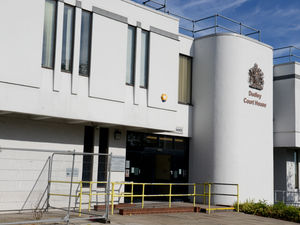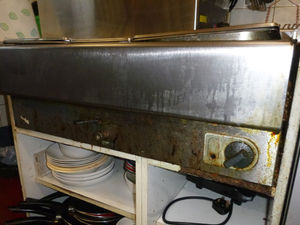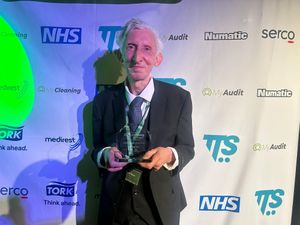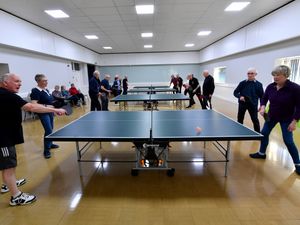Transport chief explains emergency plan
A transport and environment chief has said “we cannot go back to air pollution levels” from before the lockdown following the publication of emergency plans.

Birmingham City Council cabinet member Councillor Waseem Zaffar has explained how the changes set out in the Emergency Transport Plan are intended to make the cleaner air seen during the pandemic the “new normal”.
Councillor Zaffar said traffic levels in the city were around 30 per cent of normal levels in late April while there has been an average reduction in nitrogen dioxide concentration in the air of 36 per cent.
The emergency plan builds on changes mooted in the draft Birmingham Transport Plan, which are intended to reduce car use and boost walking, cycling and public transport use.
But it also brings forward plans such as pavement widening, now intended to be brought in across 15 areas by September, as well as cycle routes such as a link between the city centre, Jewellery Quarter and Birmingham City Hospital.
Covid-19 coverage:
Big schemes such as the previously planned Dudley Road improvement scheme, which has been criticised by environmental groups for encouraging more car use, are now being revisited with a view to favouring walking, cycling and public transport.
The plan has been welcomed online but also criticised for restricting car use and pushing public transport at a time when central government is seen to be encouraging the opposite.
Councillor Zaffar said: “We want as few people as possible to take the car option. We understand there are some people who aren’t going to be able to walk and cycle.
“But we want to create as many places to walk and cycle in the coming weeks. Safe space is absolutely vital.”
He explained there has been an increase in use of local high streets rather than the city centre and as a result, the city council has looked to replace on-street parking with wider pavements to reduce crowding.
Safe spaces
This has already happened in Kings Heath and Erdington high streets, and the plan suggests further schemes in other areas of the city.
Councillor Zaffar said: “We want to deliver that by September. We want to ensure we have really safe spaces for people to walk.
“We were working on a Dudley Road road widening scheme and we are going to review that project. We really need to look at where we can improve walking and cycling.
“We have to help communities reclaim the space in neighbourhood from cars. We have seen from the lockdown, people enjoying the space – people walking, people cycling.”
The emergency plan restates the council’s intention to make 20mph the “default” speed limit across residential roads in the city, and states it is looking to central government to support this.
Councillor Zaffar said: “In our transport plan consultation, the thing which was probably most popular was the default 20mph limit for the city.
“90 per cent of the roads in our city are residential. It’s easier to have 90 per cent within the default level. It’s about slowing traffic down in neighbourhoods.”
Reality
The emergency plan’s emphasis on public transport has cause some to raise concerns, such as Councillor Jon Hunt of the Liberal Democrat group.
Councillor Hunt said the plan gives “zero information about how public transport will be made safe” and said public transport during peak times can be very unsafe.
He pointed to figures from the Office for National Statistics which show transport workers have had some of the highest rates of death involving Covid-19.
He added the council should “row back from proposals that seek to deter use of cars for travel to work”.
Responding to Councillor Hunt’s concerns, Councillor Zaffar said: “The reality in cities like Birmingham is there are people who do not have a private car and have to use public transport. We are working closely with operators as to how we can facilitate it in a safe way.
“There are some areas where there are bus stops close together and social distancing cannot be adhered to. We are looking at how we can make people waiting and getting off buses far safer.
“In the short term, we absolutely get there will be people who do not use the buses. I am a bus user and have underlying health issues, and I am thinking about whether it’s safe to use a bus.
“We cannot go back to air pollution levels [before the lockown].”





